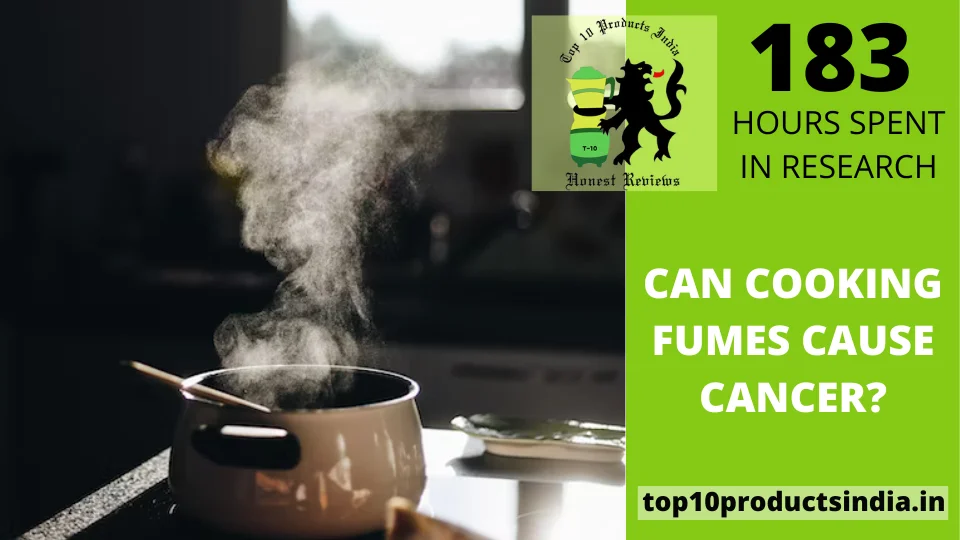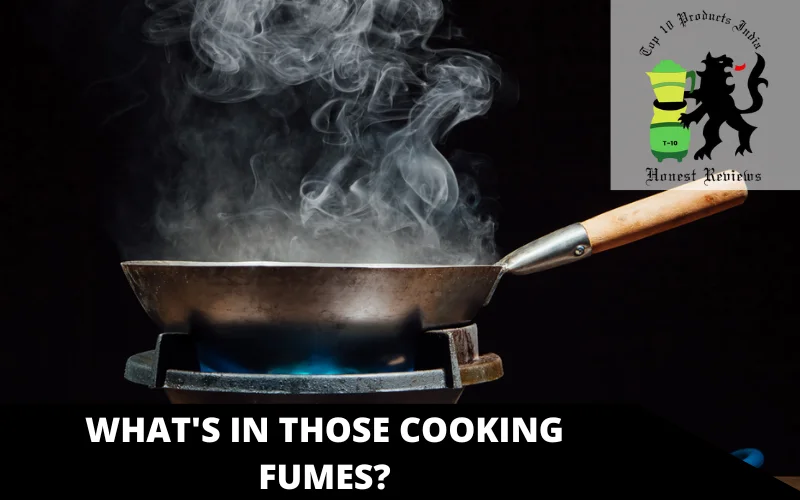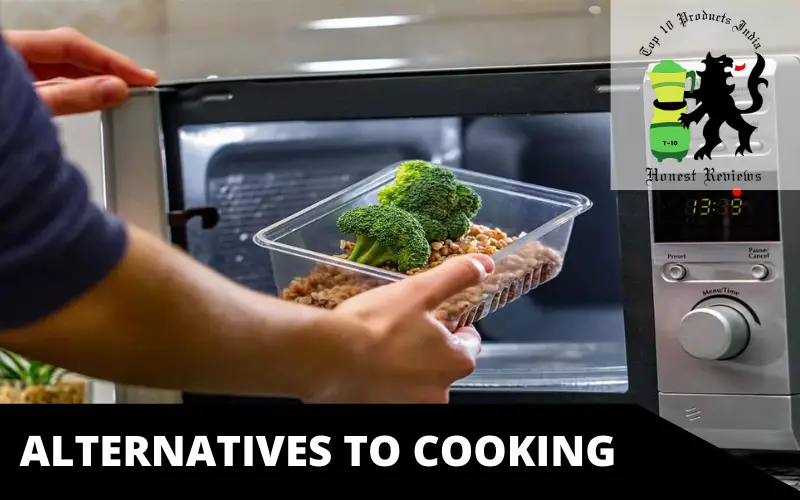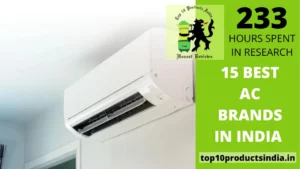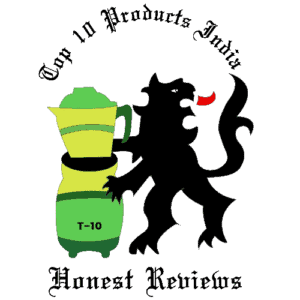There is some evidence to suggest that exposure to certain cooking fumes and chemicals may increase the risk of cancer. For example, inhaling high levels of certain chemicals that are released when cooking with high heat, such as polycyclic aromatic hydrocarbons (PAHs) and heterocyclic aromatic amines (HAAs), may increase the risk of cancer.
PAHs are formed when fat and juices from meat, poultry, and fish drip onto a heat source, such as a grill or open flame, and vaporize. These vapors can then be inhaled or ingested, and they have been shown to cause cancer in animals.
HAAs are formed when amino acids, sugars, and creatine in meat, poultry, and fish react with high heat. These chemicals have also been shown to cause cancer in animals.
However, it is important to note that the levels of these chemicals that are typically produced during home cooking are generally low, and the risk of cancer from exposure to cooking fumes is thought to be relatively low.
The risk of cancer from cooking fumes may be higher for people who work in environments where they are exposed to high levels of these chemicals on a regular basis, such as in a commercial kitchen.
To reduce the risk of exposure to cooking fumes and chemicals, it is important to use proper ventilation, such as an exhaust fan, when cooking, and to follow safe cooking practices, such as using a lower heat setting and avoiding charring or burning food.
What Does Cooking Fumes Contains?
This section will be somewhat technical but feel free to go through this section when you’re not interested in the specifics. We’re doing this because it’s essential to establish the foundations of science for these issues.
Cooking fumes contain over 200 kinds of harmful gasses, and they include two specific chemical compounds–polycyclic aromatic hydrocarbons (PAHs) and aldehydes–both of which are known carcinogens.
What can we learn about this?
Let’s begin with the meta-analysis –a study published in a journal of science that analyzed and synthesized various studies, totalling information from 3,596 women who did not smoke who had lung cancer. The study compared them with 6,082 healthy controls.
It was Meta-analysis of the relationship between Oil Fume Exposition and the risk of lung cancer in Chinese non-smokers. In the report, “Cooking oil fumes and not using an oven ventilator in the kitchen was associated with lung cancer in non-smokers.”
You’ve probably heard that smoking cigarettes are the primary reason for lung cancer around the globe. But, a small percentage of non-smokers develop lung cancer every year, and exposure to the fumes from cooking in a room that is not ventilated is cited as an important risk factor.
World Health Organization (WHO) Statistics on Kitchen Fumes
The WHO considers cooking fumes so dangerous that it’s been dubbed “the killer in the kitchen.” According to the organization, some 3.8 million people died prematurely due to indoor air pollution resulting from inadequate ventilation and “inefficient cooking methods.” Of the deaths, it is estimated that 8% were due to lung cancer.
The best way to reduce risk is through proper ventilation
Proper ventilation is an effective solution for reducing exposure to cooking fumes and chemicals. Using an exhaust fan or range hood in the kitchen can help to remove smoke, steam, and odors from the air, reducing the risk of inhaling harmful chemicals.
Here are some tips for using proper ventilation to reduce the risk of exposure to cooking fumes:
- Use an exhaust fan or range hood: Install an exhaust fan or range hood above your cooktop to help remove smoke, steam, and odors from the kitchen. Make sure that the exhaust fan or range hood is properly vented to the outside of the building and that it has an appropriate CFM rating for your needs.
- Open windows: When cooking, open windows or doors to help ventilate the kitchen and remove excess heat and moisture from the air.
- Use the stovetop burners: When possible, use the stovetop burners instead of the oven to cook food. This can help to reduce the amount of smoke and steam that is produced in the kitchen.
- Keep the kitchen clean: Regularly clean the surfaces of your kitchen, including the stovetop and range hood, to remove any built-up grease or other contaminants.
By using proper ventilation and following safe cooking practices, you can help to reduce your exposure to cooking fumes and chemicals and improve the indoor air quality of your home.
Alternatives to cooking
In the last century, cooking methods have developed and expanded as cooking has transitioned away from traditional heat sources. Microwaves, electric stoves and toasters are now found in every household and offer a substitute for the high flames.
More and more, scientists are using microwaves as an alternative to cooking that is healthier and cooking based on the food you prepare in the microwave.
For example, a recent study in Spain discovered that the best method for cooking mushrooms is to use the microwave.
This technique significantly boosts their antioxidant levels – compounds that shield cells from injury. Contrary to this, cooking or boiling mushrooms can reduce their antioxidant content.
This evidence suggests that the best method to preserve nutrients and vitamins while making vegetables is to use short cooking time and as little liquid as possible.
This implies that the microwave is an effective cooking method because less of the nutrients are lost, unlike boiling, which results in them ending up in the boiling water.

